Let’s clear something up. When we say something is weird, we don’t mean it’s bad. It’s more like… so strange it’s fascinating.
At the Olympics, weird sports have often taken center stage since the first games in 1896. Some have been hits, while others, not so much. Here are the weirdest Modern Olympic sports of all time.
Roller Hockey

Roller hockey was featured as a demonstration sport in the 1992 Olympics. This sport originated in England, with Argentina winning the gold medal. Played on rollerblades, roller hockey combines the elements of ice hockey with the agility required for roller skating. Its inclusion in the Olympics made sense during the 1990s when rollerblading was at its peak popularity. Roller hockey’s brief Olympic stint is a reminder of changing sports trends. It’s a unique blend of speed and skill.
Basque Pelota
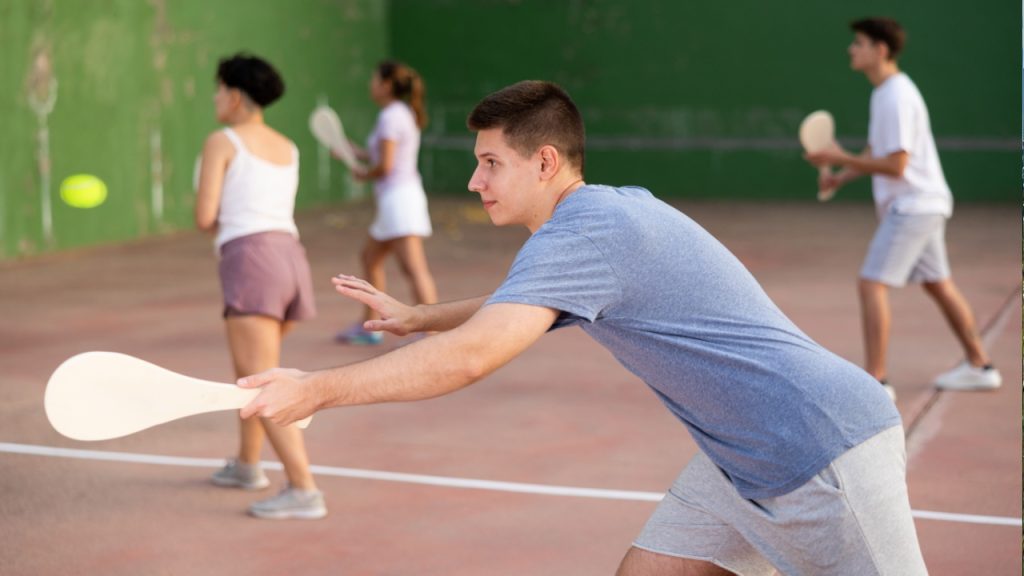
Basque Pelota was an Olympic sport in 1900 and appeared as a demonstration sport in 1924, 1968, and 1992. This sport, originating from Spain, has seen Spain winning 1 gold medal. Basque Pelota is a fascinating mix of jai alai, lacrosse, handball, and racquetball. In the 1900 Olympics, there were only two teams, and when one team withdrew, Spain won the gold by default. The sport is an intriguing blend of various athletic skills. Its sporadic appearance in the Olympics highlights its unique appeal.
Table Tennis
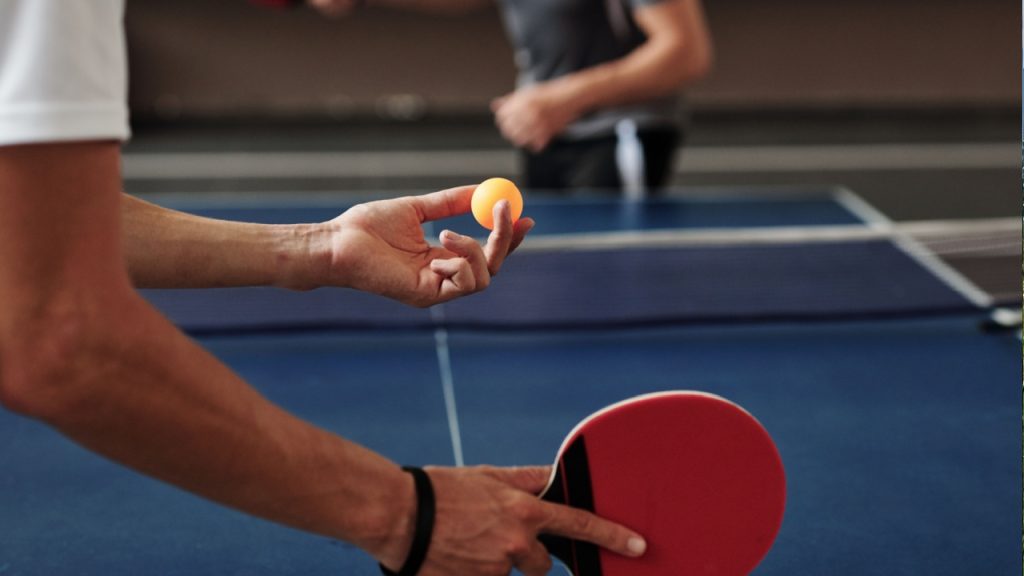
Table tennis became an Olympic sport in 1988. Originating in the United Kingdom, China has been the dominant force, winning 32 gold medals. Known to many as ping pong, table tennis at the Olympic level is incredibly fast-paced and skillful. Watching the top players compete is mesmerizing. Despite inventing the sport, Great Britain has never medaled in table tennis. The sport’s Olympic inclusion has only increased its global popularity.
Gliding
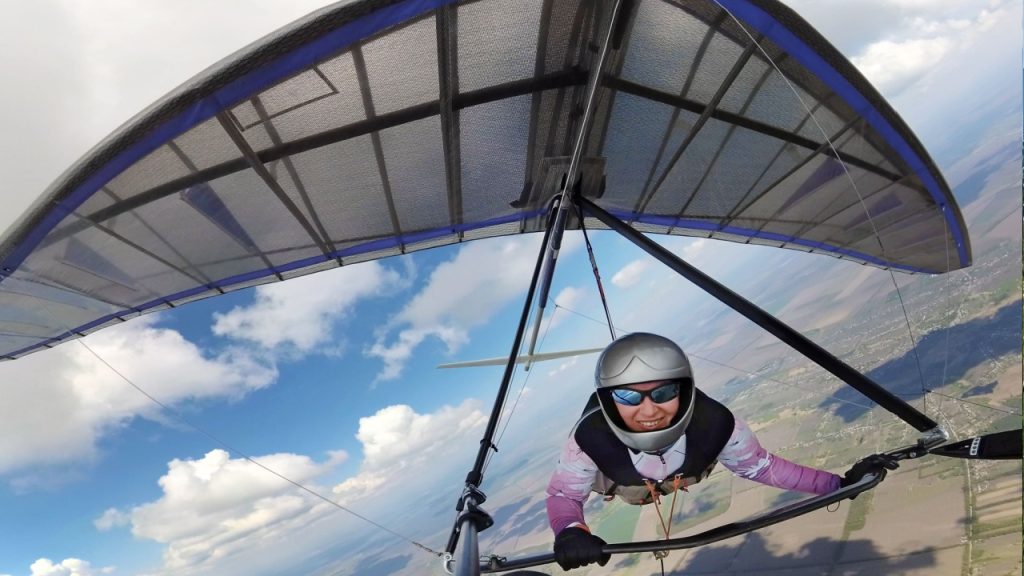
Gliding was featured in the 1936 Olympics. This sport, originating in Germany, saw Hungary winning the only gold medal awarded. Gliding involves flying a motorless aircraft, relying on currents and skill to stay aloft. The sport’s Olympic inclusion was short-lived due to safety concerns and the onset of World War II. An Austrian glider’s tragic crash during practice highlighted the risks involved. Despite its dangers, gliding remains a captivating and challenging sport.
Hurling
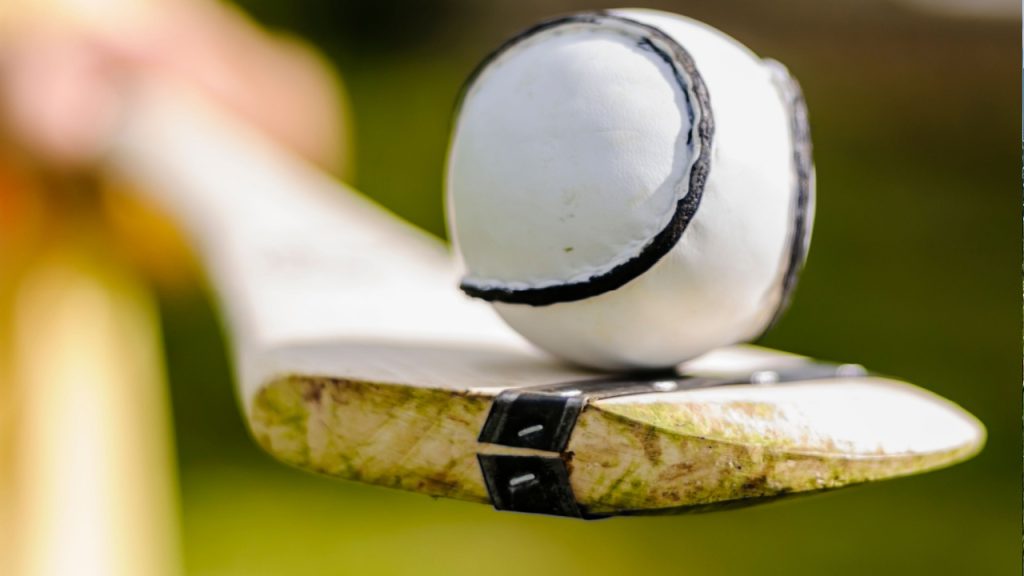
Hurling was featured in the Olympics in 1904. This sport, which comes from Ireland, saw the United States winning the gold medal. Hurling is a fast and physical game, somewhat similar to field hockey but with more intensity. Players use sticks to hit a ball and can also use their hands, feet, or even heads to move it. The sport’s unique rules make it both challenging and exciting. It’s no wonder it made a brief but memorable appearance in the Olympic Games.
Fencing
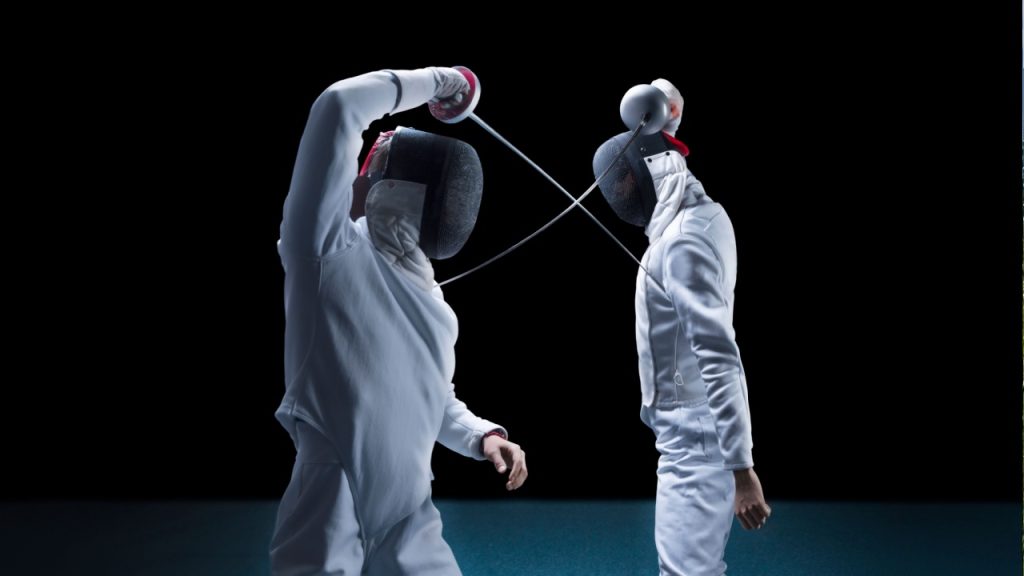
Fencing has been an Olympic sport since the very first Games in 1896. Originating in Germany, Italy has been the most successful country, with 49 gold medals. Fencing is an elegant and historic sport, reminiscent of old duels. It requires great skill, strategy, and precision. Watching two fencers face off is like seeing a choreographed dance of combat. Despite its ancient roots, fencing remains a captivating and enduring Olympic event.
Water Motorsports

Water motorsports were part of the Olympics in 1908. This sport, originating from Great Britain and Ireland, saw Great Britain winning 2 gold medals. The event featured motorboats racing over a 40 nautical mile course. Interestingly, in each division, the only boat that finished was awarded the gold medal. This sport is a fascinating glimpse into the early days of motorized racing. Despite its short-lived Olympic run, it remains a unique part of Olympic history.
Kaatsen
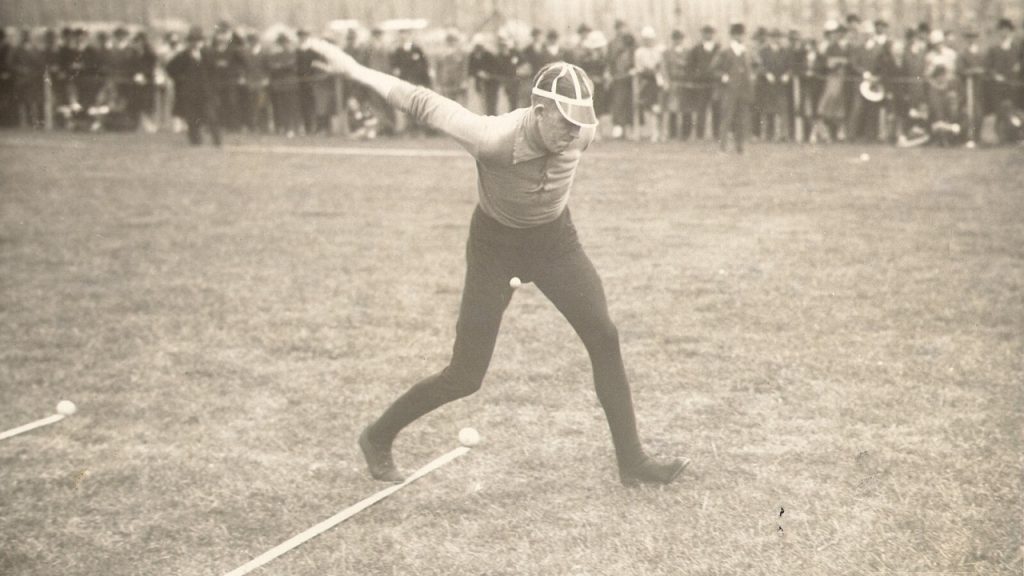
Kaatsen was included in the 1928 Olympics. Originating in the Netherlands, this ancient sport combines elements of handball, tennis, volleyball, and baseball. It’s played in a unique arena, adding to its charm. Kaatsen’s Olympic appearance highlights its long history and cultural significance. The sport is fun to watch and involves strategic gameplay. Its blend of different sports makes it a fascinating and unique event.
Bowling
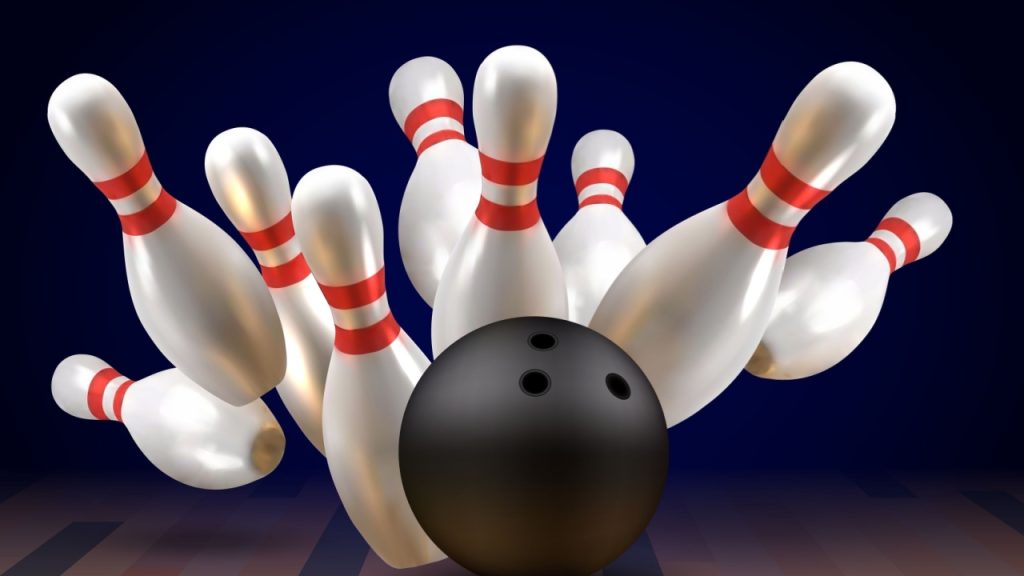
Bowling appeared as an Olympic sport in 1988 and 1996. It originated in Egypt, though it has not been a mainstay in the Games. Despite its brief Olympic history, bowling is a sport enjoyed worldwide. It would be interesting to see top bowlers from around the globe compete on the Olympic stage. Building an Olympic-standard bowling alley would be relatively simple compared to other venues. Perhaps one day, bowling will return to the Olympics.
Synchronized Swimming
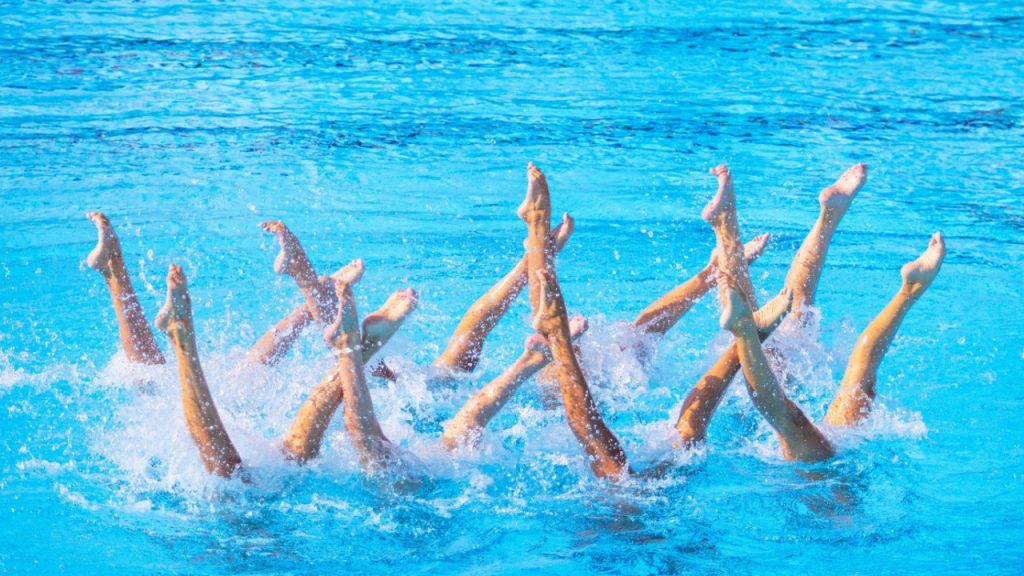
Synchronized swimming has been an Olympic sport since 1984. Originating in Germany, Russia has been the top nation, winning 33 gold medals. This sport combines swimming, dance, and gymnastics, performed in perfect harmony. The athletes’ ability to move in sync while executing complex routines is astounding. Synchronized swimming requires strength, flexibility, and incredible breath control. It’s a visually stunning event that captivates audiences every four years.
Motor Racing

Motor racing was part of the Olympics in 1900. This sport originated in France, with France winning the most gold medals, totaling 18. Early Olympic motor racing included both car and boat races. Given the global popularity of motor sports today, it’s surprising they haven’t made a comeback in the Olympics. The 1900 Games featured rudimentary vehicles, a far cry from today’s high-tech racers. Motor racing’s brief Olympic stint remains a curious chapter in the Games’ history.
Tug of War

Tug of war was an Olympic sport from 1900 to 1920. This sport, thought to have originated in China or Greece, saw Great Britain winning the most gold medals with 2. It involved teams pulling on opposite ends of a rope until one team was dragged across a line. Tug of war’s Olympic presence was marked by unique rules, like countries entering multiple teams. In 1904, U.S. teams won gold, silver, and bronze. The 1908 London City Police team’s victory at home remains a memorable highlight.
Handball

Handball has appeared in the Olympics in 1936, 1952, and from 1972 to the present. This sport originated in Greece and has been dominated by the Soviet Union and Denmark, each winning 4 gold medals. Handball is a fast-paced and exciting sport, though it has never gained much popularity in the United States. Watching a match is thrilling, with players displaying incredible athleticism and teamwork. It’s surprising that the U.S. has never medaled in this event. Imagine how exciting it would be to see American athletes take up the challenge.
Jeu de Paume (Real Tennis)
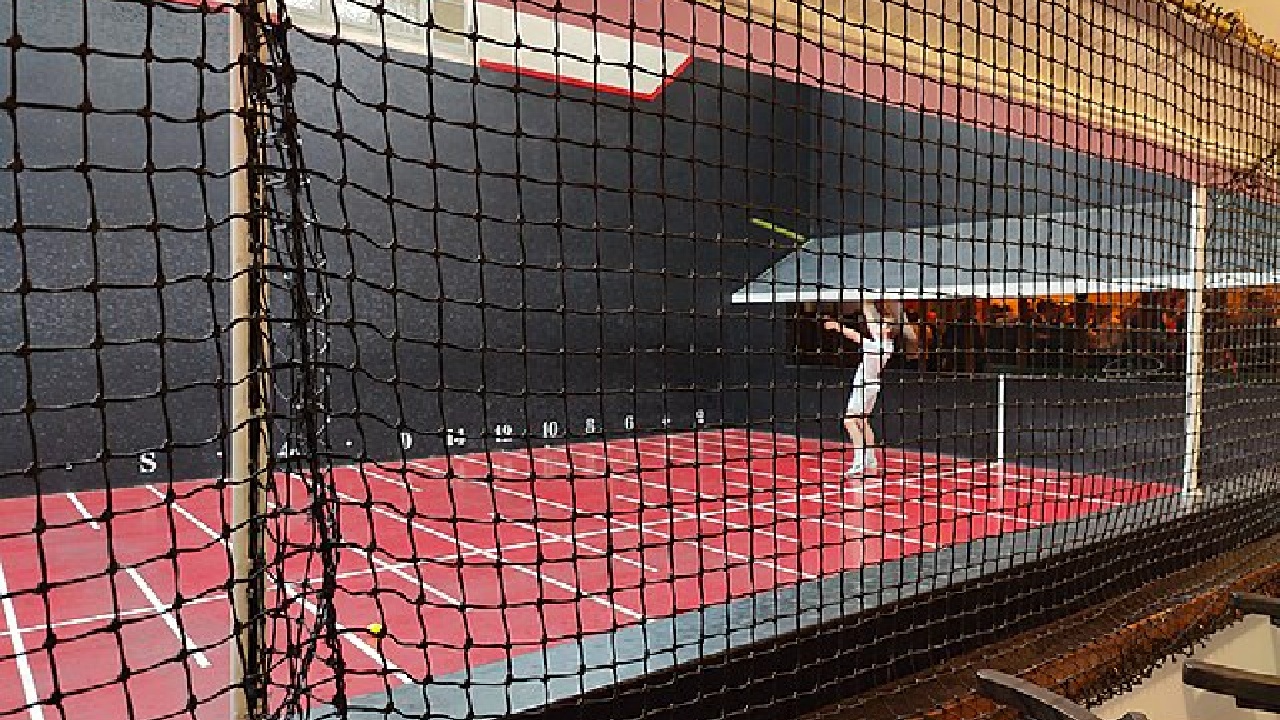
Jeu de Paume, also known as Real Tennis, was an Olympic sport in 1900 and 1908. This sport originated in France, with the United States winning 1 gold medal. It’s the predecessor to modern tennis, played on indoor courts with wooden rackets. If you’ve seen “The Tudors,” you might recognize it as King Henry VIII’s favorite sport. The game is rich in history and tradition. Though no longer an Olympic event, Jeu de Paume holds a special place in the evolution of racquet sports.
Korfball

Korfball appeared in the Olympics in 1920 and 1928. This sport originated in the Netherlands and is played with mixed-gender teams. Resembling basketball, korfball involves scoring by throwing a ball through a high hoop. Its mixed-gender teams make it a progressive and inclusive sport. Though not widely known, korfball has a dedicated following. It would be interesting to see it make a comeback on the Olympic stage.
Live Pigeon Shooting
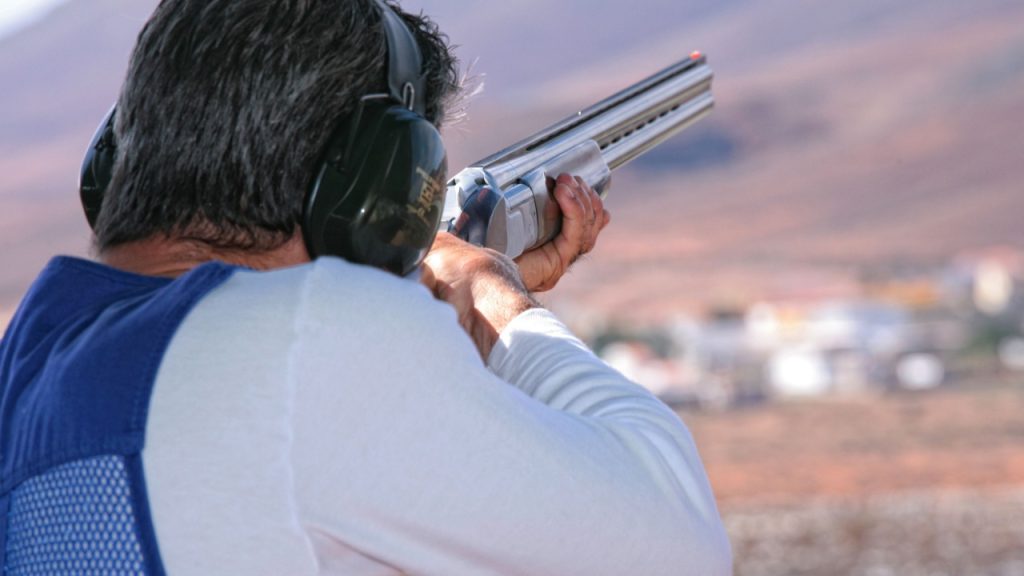
Live pigeon shooting was part of the 1900 Olympics. Originating in the United Kingdom, it saw Great Britain and Belgium each winning 1 gold medal. This event involved shooting live pigeons released in front of the competitors. Over 300 pigeons were killed, sparking outrage and leading to its quick removal from the Olympics. It stands as one of the darkest and most controversial moments in Olympic history. The event was replaced by clay pigeon shooting, which continues today.
Glima
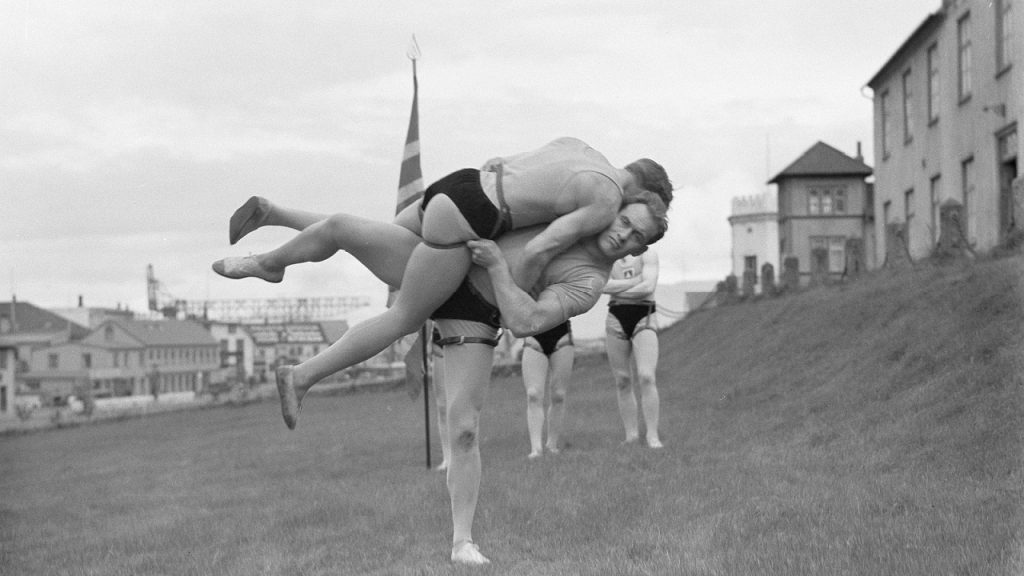
Glima was an Olympic sport in 1912. This Icelandic wrestling style focuses on using the opponent’s belt or waist to flip or throw them. It’s a brutal and unique form of wrestling, showcasing incredible strength and technique. Glima’s Olympic presence was brief, but the sport remains a cultural treasure in Iceland. Watching glima is a reminder of wrestling’s ancient roots. It’s a fascinating blend of tradition and athleticism.
Croquet
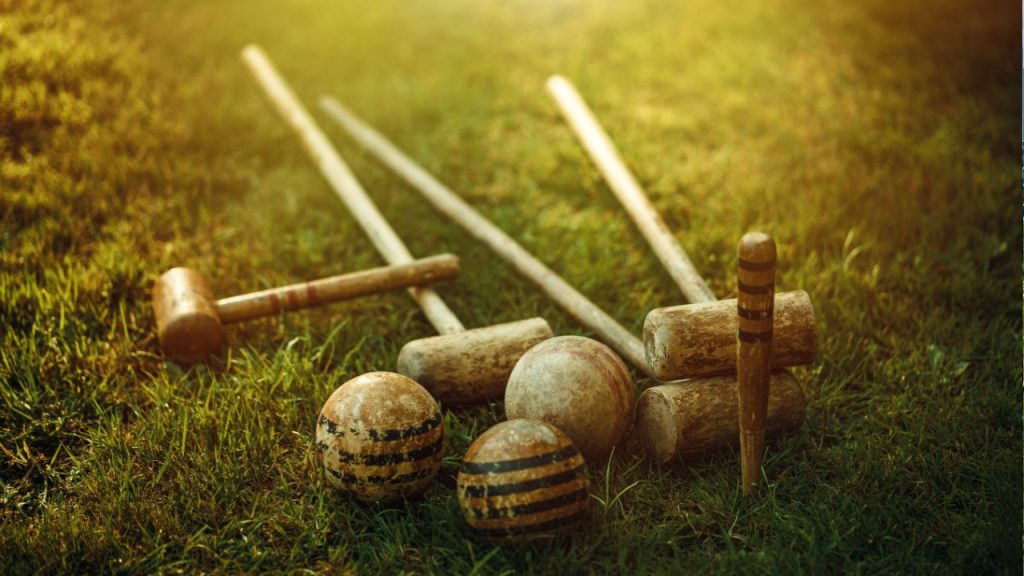
Croquet was an Olympic sport from 1900 to 1904. Originating in the United States, France and the United States each won 1 gold medal. This leisurely game is typically played on lawns, not exactly what one expects from an Olympic sport. Croquet’s inclusion reflects the limited sporting options of the early 20th century. The game is more about strategy and precision than physical exertion. Its brief Olympic history adds a quirky note to the Games’ past.
Ballooning

Ballooning was an Olympic sport in 1900. This sport, originating in France, involved hot-air balloon races. The 1900 Olympics, held in conjunction with the World Fair, featured many experimental sports. Ballooning’s inclusion reflected the adventurous spirit of the time. It’s a reminder of how far the Olympics have come. Today, ballooning remains a popular recreational activity, though no longer an Olympic event.
Water Skiing
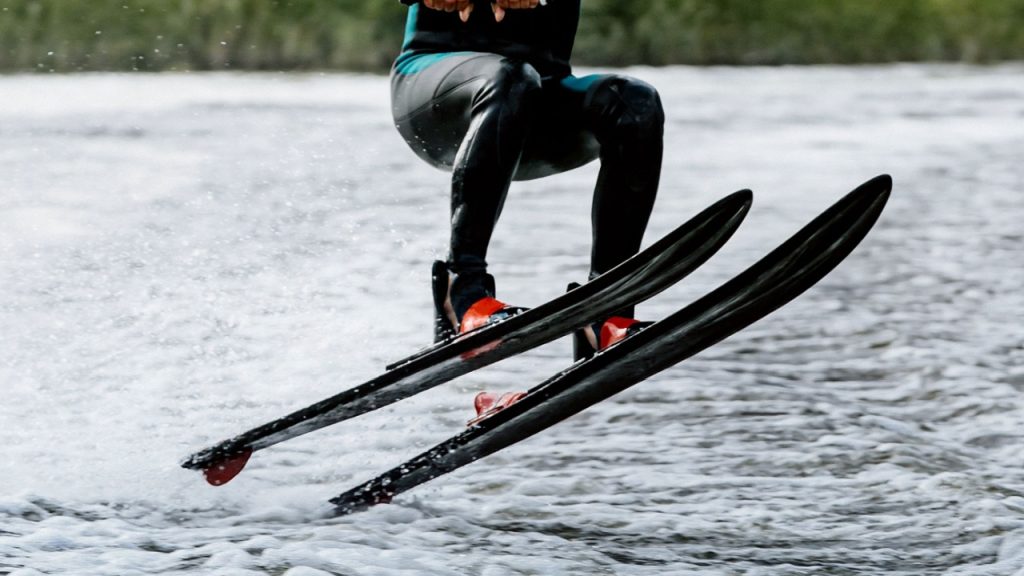
Water skiing was included as a demonstration sport in the 1972 Olympics. It originated in the United States, where American athletes won 3 gold medals. The event featured various competitions, with Americans taking home top honors. Water skiing involves being towed behind a boat while performing jumps and tricks on skis. It’s a thrilling and visually appealing sport. Though it didn’t remain in the Olympics, water skiing still enjoys popularity as a recreational activity.
3-on-3 Basketball
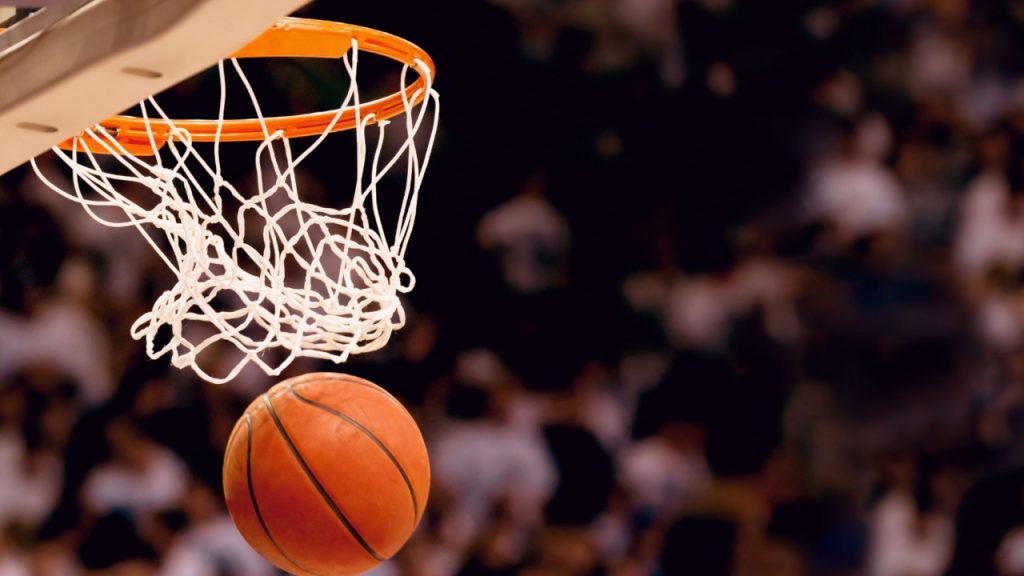
3-on-3 basketball became an Olympic sport in 2021. It originated in the United States, with Latvia winning the first gold medal. This fast-paced version of basketball is played on a half-court with just three players per team. The games are quick and intense, offering a different dynamic from traditional basketball. It’s fun to watch and has been well-received since its introduction. This format brings a fresh twist to a beloved sport.
Surf Lifesaving
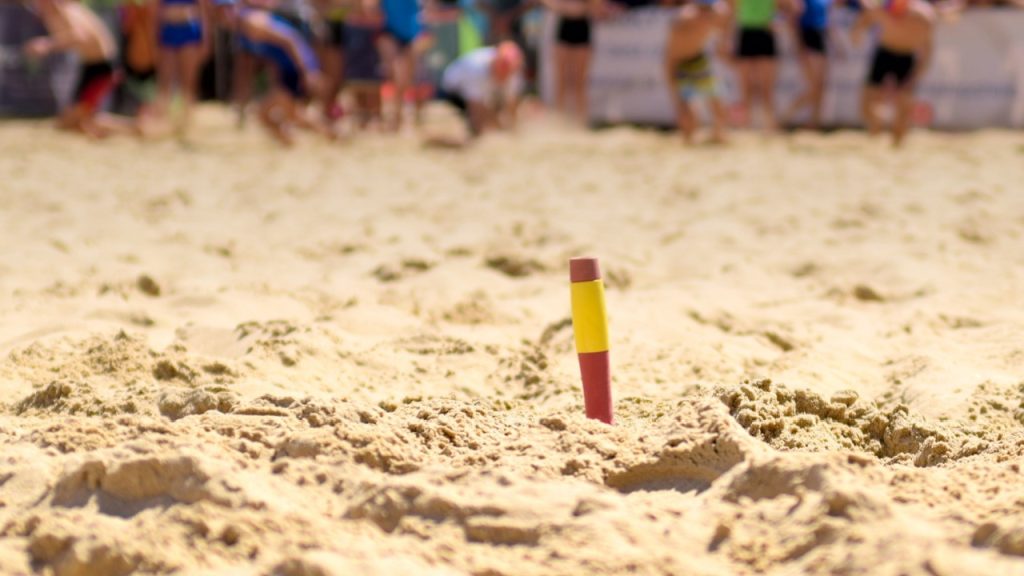
Surf lifesaving was part of the 1900 Olympics. Originating in England, it competed only once. The event tested skills essential for lifeguards, including swimming, running, and rescuing. Surf lifesaving’s inclusion hints at the evolving nature of Olympic sports. It can be seen as a precursor to modern triathlons. The sport’s focus on practical skills makes it a unique part of Olympic history.
Katy Willis is a writer, master herbalist, master gardener, and certified canine nutritionist who has been writing since 2002. She’s finds joy in learning new and interesting things, and finds history, science, and nature endlessly fascinating.

